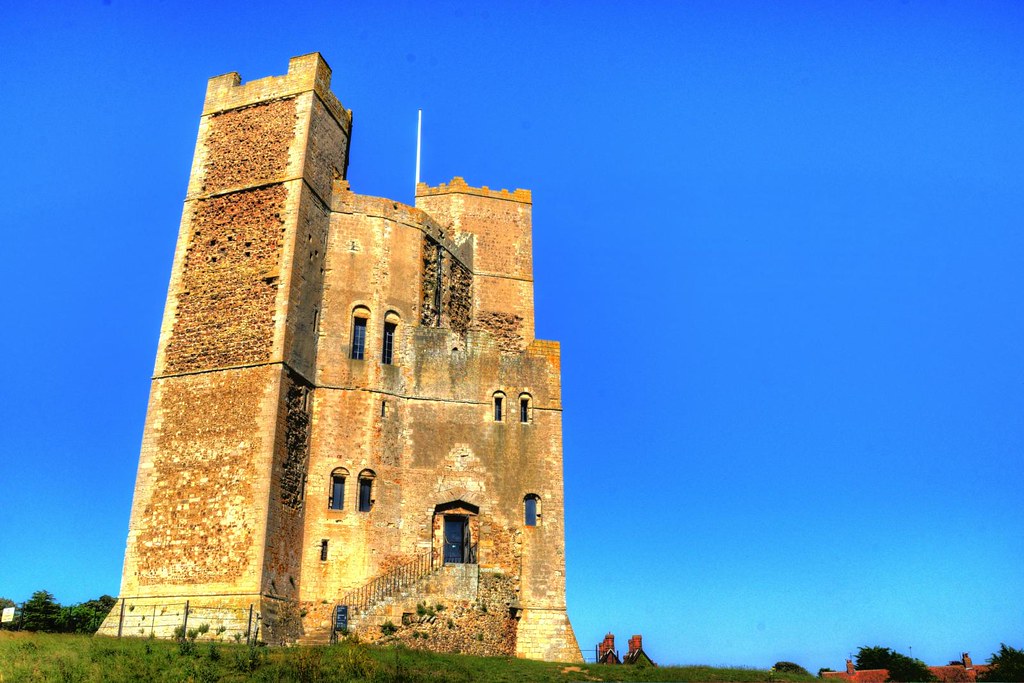#Orford Castle
Text
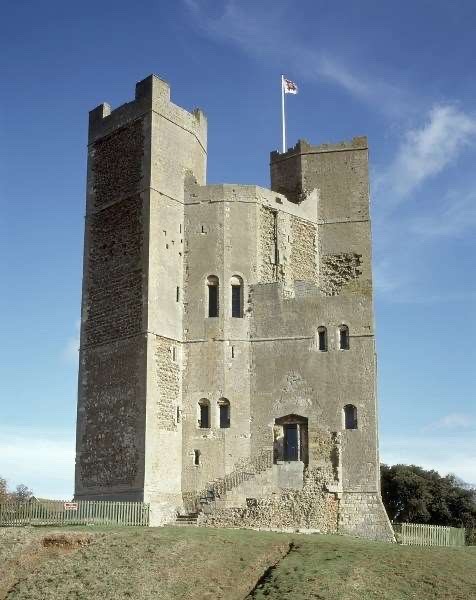
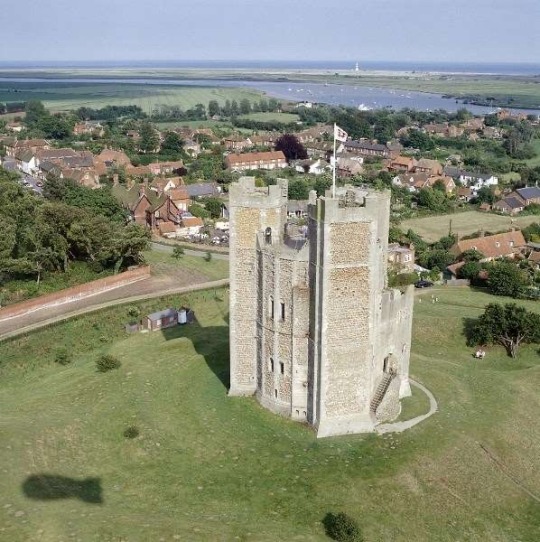

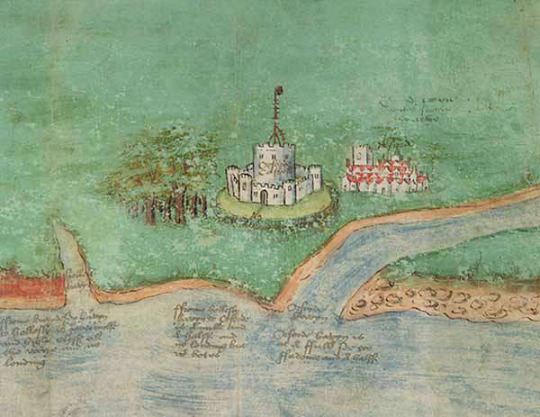
Orford Castle was built for King Henry II between 1165 and 1177, Orford Castle was once a royal outpost on the River Ore’s tidal estuary, in Suffolk.
All that remains of the outpost today is the Castle Keep. The castle’s curtain walls, outer towers and gatehouse were demolished in the 17th and 18th centuries.
The Keep is one of England’s most complete and unusual, with a unique polygonal tower next to the pretty town and former port, which Henry II also developed on the Suffolk coast.
The remains are remarkably intact including the fresh water well in the basement all the way up to the roof with magnificent views of Orford Ness.
It is home to Orford Museum and is managed and owned by English Heritage.
2 notes
·
View notes
Text

Bill Brandt
Orford Castle
Orford, Suffolk, United Kingdom, 1949.
201 notes
·
View notes
Text
Saturday 14 December 1833
9
..
at 12 last night the water was less rough - took a little claret and water which staid on my stomach and from then to 5 a.m. I 2 or 3 times caught myself awaking from a sort of dream - then (at 5 a.m.) took a little more claret and water and a crumb or 2 of bread, but this last would not do - however my stomach did not revolt and I felt better at 9 when the steward came to tell me Lowestoff [Lowestoft] was in sight - I rose from my bench, washed as well as I could and went on deck at 9 ½ for ½ hour - the morning was fine - the fine sea breeze refreshed me - at 10 took a little cold boiled beef and a bottle of sofa water which tho’ not up and good yet was more grateful to me than perhaps anything else could have been - poor Thomas had been as ill as myself and was just calling out for a chop having had nothing since Thursday morning - on advising him to try cold meat, he chose toasted cheese and bread! Eugenie had had wine and water last night, but was still ill with her companion Mrs. Kroger - on deck all the day - at 2 ½ took a little soup - little more cold boiled beet but no relish for it - some hot apple pie and 2 bottles of soda water - on deck again from 3 ¼ to 9 50 when we lay (3 miles below Gravesend) to as I supposed for the night - we had passed the Nore light and entered the river at 5 40 by my watch and 5 by the captain’s and from soon after entering the river had heaved the lead every 4 or 5 minutes or after - it was latterly very dark - we had ¼ less 4 and once even less still and we were afraid of getting wrong - much craft, too, in the river - the Ostend steamer whose light we had seen like a star soon after passing the Nore, passed us and we hailed her at about 9 ½ - she lay to, just before we did, saying it was too much risk to go on - so I went down had a bottle of soda water and one or 2 of my Paris biscuits finding that I had no relish for the little brandy and water I had just tried - nothing like soda water - turned out my travelling bag and crammed all into it I could - was thinking whether to write or lie down, when I felt all stirring went on deck and found us off again and close to Gravesend at 10 40 (I go all along by my own watch) - some delay in taking the 2 tide-waiters on board - spoke to them - no chance of getting my carriage till Monday - walked about on deck a little while and went down to my cabin for the night at 11 - the Bankes arrived on Thursday and the Superb this morning - the Jolliffe and Tourist will surely arrive tomorrow - we passed this morning the companys’ steamer Ramona bound to Hamburg and a Hull steamer bound from London home - good deal of shipping about all today - several coasters (Scotch and coal smacks) in full sail northwards - a fine West India ship they said bound there for coal before going to the W.I. – after Lowestoff [Lowestoft] Orford town and castle belonging to the M. of Hertford, and Orford ness and the 2 fine lighthouses both belonging to the marquis – said our mail guard, one cannot have better property than light-houses – these very good lights – a great deal of traffic this way – every vessel on reaching port says for every light she has passed – perhaps 20 lights from here to Edinburgh and perhaps a smack pays £2 for the whole – all the light houses under the control of the Trinity board. all alterations etc. prescribed by the board must be done – perhaps about ½ the light houses we have are private property – If tree on the coast has long been a landmark, the owner cannot cut it down without putting up a beacon, or lighthouse, or something – our mail guard very communicative – talks of himself and his brother officers – 4 of them altogether I think he said – were all mates of Harwich packets – he 15 years on the Gothenburg station – even these packets (now the only ones from Harwich) to be given up next spring or next year, and the mails conveyed by the Hamburg vessels, the rest of the way to be by Copenhagen – the captains of the Harwich packets were all appointed by interest and knew of their business – there was once a military man made – the mates had charge of working the vessels – ½ a ton is common weight that weights down a buoy – the beacons are fixed in vessels and these vessels weighted down and thus sunk fast into the sand banks – Norroy? Leadenhall street best for sea charts – chart of the n. sea 7/6 – the nore light said our captain fixed in a ship close to the Nore sand – Southend (n) and the Nore (s) form the entrance into the river there about 3 miles broad – and it is fifty miles from the Nore to London – the Downs extend over the Godwin sands, said our captain – our mail guard said they did not begin till Sandown castle ships not always safe there - very fine day - and very fine evening and night - fine star light and horned moon light for sometime but when we lay to at 9 50 rather obscure - fine against at Gravesend which looked lighted up in a fine crescent of pairs of lights along the water’s edge - did not feel cold on deck
Told the Hull boat that the London (Hull boat) had put into some port in Norway
2 notes
·
View notes
Text
youtube
Stafford castle has a strange semi detached feel about it. It sits on the edge of town, perched high on its hill and higher still on its motte and looks down to the town itself - which sits in marshland and water meadows about a mile, at least, from the castle itself. That's different to many places where there's a castle. They are towns centred on their castles. In the Welsh marches Ludlow castle sits smack bang in the middle of the town and it's true of cities and villages too. Cardiff castle is in the middle of the city, Windsor Castle dominates Windsor and even if you go to my home village on the Suffolk coast, the village has grown up around Orford castle. So why does Stafford castle sit isolated on its hill, virtually ignoring the town?
0 notes
Photo

Orford, Suffolk, England, UK
#England#architecture#orford#orford castle#medieval architecture#medieval#castle keep#castle#british castles#english castles#castle architecture#suffolk#path#suffolk coast#woodbridge#ipswich#uk#uk travel#travel#travel photography#europe#great britain#united kingdom#submission
98 notes
·
View notes
Video
Orford Castle Suffolk by Adam Swaine
Via Flickr:
Orford Castle has one of England’s most unusual keeps. Its polygonal tower is totally unique. It’s extremely well preserved, and this well–kept condition means that visitors can explore the maze of passages, chambers, chapels and halls that would first have been used by Henry II
#orford#orford castle#suffolk#suffolk villages#buildings#historical buildings#england#english#english villages#Coastal#coast#coastal path#uk#uk counties#UK VILLAGES#VILLAGES#Village#rural#rural villages#EAST ANGLIA#beautiful#Adam Swaine#2021#britain#british#castles#palaces#manor houses#statley homes#cottages....
1 note
·
View note
Video
on a downward spiral by d0gwalker
Via Flickr:
Spiral staircase within Orford Castle on the Suffolk coast. Built between 1165 and 1173 for King Henry II.
#Orford#Orford Castle#Suffolk#English Heritage#stair#staircase#spiral#spiral staircase#monochrome#B&W#black & white#twist
0 notes
Photo
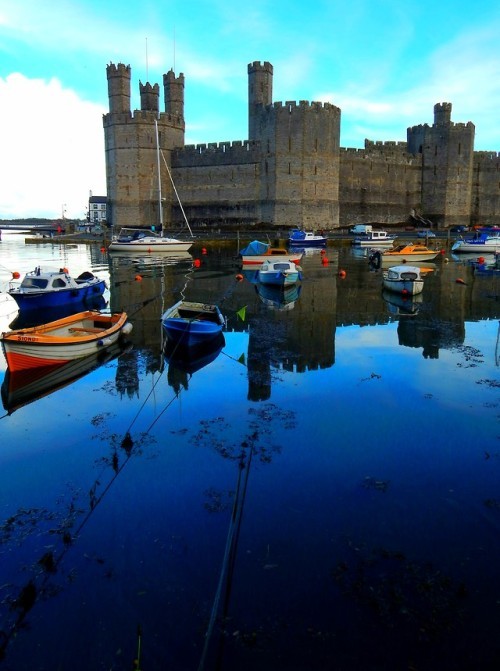






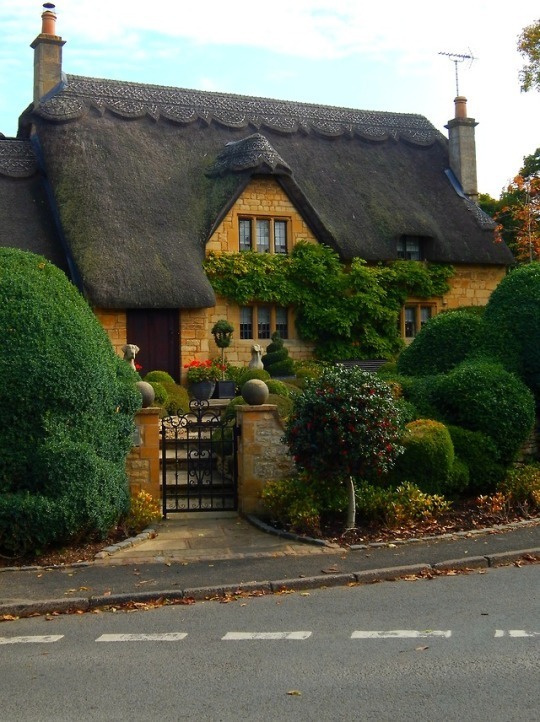
Great Britain: Caernarfon, Winchester, Oxford, Orford, Lincoln, Loch Torridon, Newcastle Upon Tyne, Chipping Campden
for more of my UK shots and more travel:travel britain european travelworld travel UK travel
#great britain#england#scotland#wales#caernarfon#caernarfon castle#castle#castle architecture#newcastle#orford#oxford#lincoln#loch torridon#newcastle upon tyne#chipping campden#stree#street photography#cottages#houses#british castles#british cities#uk#uk travel#travel#travel photography#europe#united kingdom#rural#rural life#rural living
234 notes
·
View notes
Text
Fictions: Merman Syndrome
Orford Ness is a spit of land on the Suffolk coastline. Most reports surrounding the military testing and research facility that resided on its shores have been classified, in part due to the research conducted in the Ness laboratories surrounding the firing mechanisms of nuclear weapons, and in part due to the research into radar technology at the adjacent research centre, Cobra Mist. The…
View On WordPress
#Adam Scovell#andrew motion#Celluloid Wicker Man#cobra mist#cobra mist short story#edgeland#edgeland literature#hauntology#orford art#orford castle#orford folklore#orford merman#orford merman folklore#orford merman orford castle#orford merman short story#orford ness#orford ness 35mm#orford ness art#orford ness literature#orford ness short story#orford ness suffolk#salt water#the rings of saturn#wg sebald
2 notes
·
View notes
Photo

190/365 - A mandatory sketch of the castle during a visit to Orford
10 notes
·
View notes
Video
Orford Castle, Suffolk by Tony
Via Flickr:
Orford Castle was built between 1165 and 1173 by Henry II of England. it remains one of the best preserved keeps in England. It is of a unique design and probably based on Byzantine architecture. historians now believe that the design of Orford Castle was instead probably driven by political symbolism. Heslop argues that the plain, simple elegance of the architecture would, for mid-12th century nobility, have summoned up images of King Arthur, who was then widely believed to have had Roman or Greek links. The banded, angular features of the keep resembled the Theodosian Walls of Constantinople, then the idealised image of imperial power, and the keep as a whole, including the roof, may have been based on a hall that had been recently built in Constantinople by John II Komnenos. Orford Castle is associated with the legend of the Wild Man of Orford. According to the chronicler Ralph of Coggeshall, a naked wild man, covered in hair, was caught in the nets of local fishermen around 1167. Wikipedia East Anglia Visit 2012 07 673 Suffolk Orford HDR
#HDR#europe#britain#england#suffolk#orford#weather. day. clear#sunny#blue#sky#village#castle#keep#norman#architecture#building#Henry II#fortification#war#Bigod family#Hugh Bigod#revolt#English Heratige HDR#my_gear_and_me
14 notes
·
View notes
Text
‘Maids of the Meres’
“The name Mermaid derives from Old English mere, a pool or lake, and it formed the first part of mere-wif, 'mere-wife', the term still preserved in the East Anglian dialect. This is the term applied to Grendel’s Dam, or mother, a cannibalistic ogress who lived beneath a lake, described in the Anglo-Saxon classic Beowulf, which many scholars now think was originally written in East Anglia. Like the ogress, the merewives haunted the inland pools, pits and rivers of the inland areas, rather than the seashores, and were thought to pull in anyone who was foolish enough to lean too far over the water. The River Gipping in Suffolk was notorious for containing them, and James Bird (a local man born in Earl Stonham in 1788), wrote in a poem from 1837 about his boyhood in the area and his mother calling out to him;
‘Make haste and do your errand. Go not nigh
The River's brink, for there the mermaids lie.
Be home at five!’
The merewives however, mainly lived in pools and pits which, like the lake in Beowulf, were described as bottomless. There were the Meremaid Pits in Fornham All Saints and the well in the village of Rendlesham in the same county, and those in the surrounding districts, which were all reputed to contain meremaids. A correspondent to Robert Chambers Book of Days' (1863- 4), writing from Suffolk, informed him that meremaids abounded in the ponds and ditches of his locality; ‘I once asked a child what mermaids were, and he was ready with his answer at once, “Them nasty things what crome (hook) you into the water!”’
It is an old belief that marshland and fenland children were often born with webbed or partially webbed feet (and this is not uncommon in East Anglia in general, even today). Such children, and they were usually girls — so the old belief went – were usually beautiful and were said to be half meremaid and half ferisher; unless their bare feet were seen, they were impossible to tell from normal mortals. They loved to play near meres and dykes, but had a strong homicidal tendency and often tried to push their more normal companions into the pools and drown them. The Cambridgeshire poet J. R. Withers describes much local lore in his verses concerning the countryside around the village of Fordham; in his 1864 poem ‘The Pond in the Meadow', he writes;
‘And strange were the tales of the pond in the meadow,
And eager we listened with eyes opened wide,
To those tales often told by poor Mary the widow,
Who lived in a cottage the meadow beside.
Play not, my dear boys, near the pond in the meadow,
The mermaid is waiting to pull you beneath;
Climb not for a bird's nest, the bough it may sliver,
And the mermaid will drag you to darkness and death.’
Although sharing their name with the mermaid of classical and heraldic traditions, the merewife is a product of genuine, native tradition, rather than of learned lore. The bugbear that these creatures have become belies the traditional worth and use to which they were put by magical practitioners. As in many cases of native lore, they have been 'demonised' to hide their true value and worth, actually probably by the practitioners themselves, rather than the Church or Authorities. East Anglian magical lore asserts that, like many other openings into the earth, be they on solid ground or not, manmade or natural, they are entrances to the chthonic Other realms and may be entered and journeyed within by those of sufficient skill, knowledge and courage. Like all sorties of this kind, they are not without their dangers and the warnings given of the denizens of the deep may well reflect these actual perils, as well as to scare off dabblers and the merely curious. The merewives, being natives of this Other/ Underworld realm, were the guardians of the thresholds to these realms and the knowledge and powers that could be found and developed there. Contact with the merewives could bring about profound changes in the consciousness of the local magical practitioner, if they knew the right techniques, but could bring madness and death to those unprepared and unlearned. It was often to protect the unwary that the tales of danger were started, and to leave the land clear for the local witches to continue to develop their practices undisturbed. The merewife was emblematic of the rich depths of wisdom, magic and knowledge, stored in the Underworld and accessible to the magic-worker. They were and still are, a glyph for the information buried deep in the psyche of all individuals, which may come welling up under the right conditions.
As an adjunct to the tales of the meremaids, it is worth noting a more personal and individual tale of a water-dwelling creature, recorded by the previously mentioned Ralph of Coggeshall, around the turn of the 13th. Century. According to this chronicler, in the reign of King Henry II, some fishermen from the Suffolk coastal town of Orford were hauling in their nets one day when they found they had a most unusual catch. Described by Ralph as a hominem silvestrem ('wodewose' or wild man), the being was shaped exactly like a man and was completely nude but extremely hairy, 'in such abundance that it appeared dishevelled and shaggy; his beard particularly was thick and pine-like, and around his chest it was particularly hairy and shaggy.’ He was, however, almost completely bald. The fishermen took the man to the Castellan of Orford Castle, Bartholomew de Glanville, who took him in and fed him, initially treating him well. The wild man ate whatever food he was given, but much preferred raw meat and fish, which he would squeeze dry with his hands and consume with relish. He slept on a couch that was provided for him and was generally no trouble, except that he would not or could not speak, remaining quite dumb. The people in the castle did not know if he was human and wondered, it is if he could be an evil spirit inhabiting the body of a drowned sailor. Lacking any evidence from the wild man himself, they hung him up by his feet and tortured him to see if they could get him to speak, but this was apparently unsuccessful, so they desisted and tried another tack. They decided to take the man to mass to see if he was a Christian and whether the solemnity and dignity of the occasion would elicit any response from him. This however failed also, the creature apparently having no interest in the ceremony at all, remaining as mute as ever. The Castellan began to become bored after this, deeming there to be no fun in a 'pet' that only ate and slept. Accordingly, he ordered a portion of the river leading to the sea to be netted off and the creature to be placed therein. In this pen the wild man seemed perfectly happy and his captors began to lose their vigilance in guarding him. Eventually he broke out and swam off to sea, but remarkably, he later returned and stayed another two months, becoming very friendly with the local inhabitants. However, he finally swam away never to return, but the tale has persisted in the area ever since, leading to further stories of encounters with beings from the sea. This tale, and those before, go to show the deep importance, for East Anglians at least, of the desirable but dangerous need for contact with the beings of other realms and places; it almost seems like part of the psyche of the inhabitants of the area.”
—
The Devil’s Plantation:
East Anglian Lore, Witchcraft & Folk-Magic
Chapter 1: ‘The Living Landscape’
by Nigel G. Pearson
21 notes
·
View notes
Photo
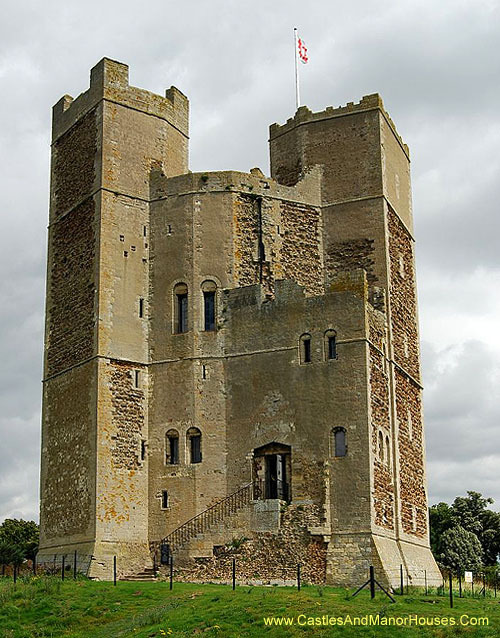
Orford Castle,
Orford, Suffolk, England.
www.castlesandmanorhouses.com
Orford Castle was built between 1165 and 1173 by King Henry II of England to consolidate royal power in Suffolk. The well-preserved keep, “one of the most remarkable keeps in England”, is of a unique design and probably based on Byzantine architecture (brought back by crusaders).
93 notes
·
View notes
Photo

Orford Castle, Orford, Suffolk, England, UK
#England#architecture#castle#castle keep#castle architecture#british castles#english castles#orford castle#orford#woodbridge#medieval architecture#medieval#suffolk#suffolk coast#ipswich#path#sunrise#sunset#uk#uk travel#travel#travel photography#europe#great britain#united kingdom#submission
130 notes
·
View notes



